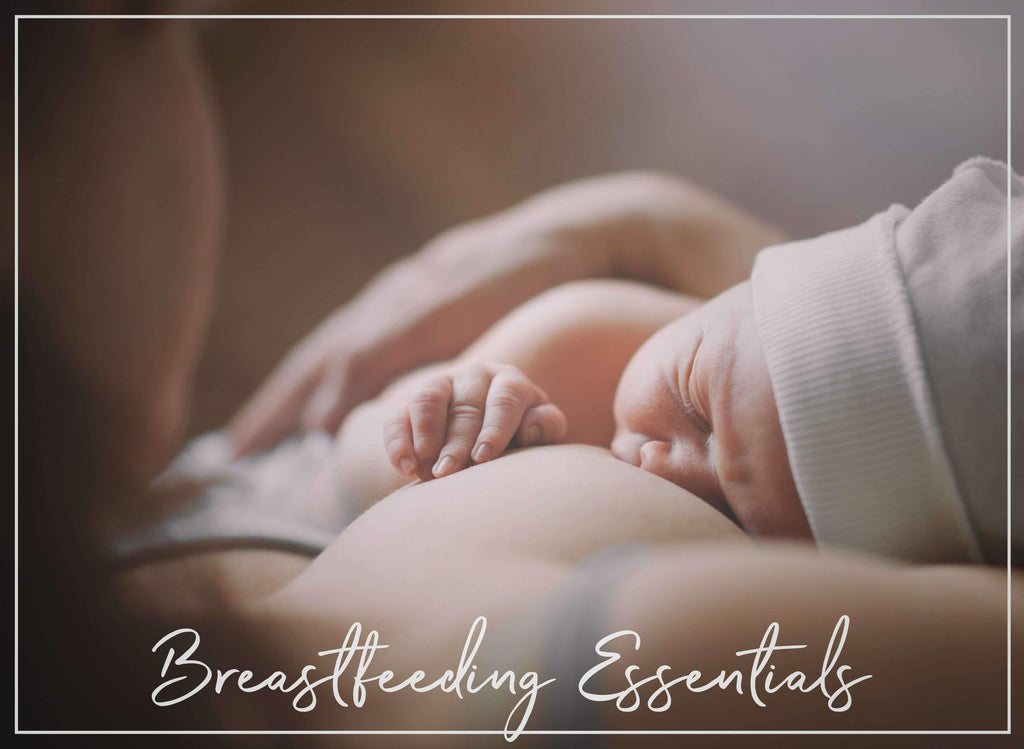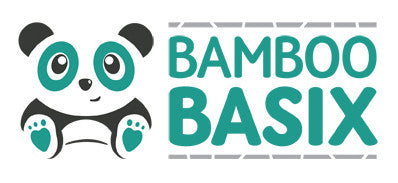
They say it is one of the most natural things in the world, but it doesn’t always come naturally. After all, like many things in this parenting gig, you’re learning and so is your baby.
Here are our top 10 tips to get you on your way.
-
Comfort is key
First, make sure that YOU are comfortable. Wear loose-fitting, comfortable clothing with a bra that gives easy access to your milk bar. It can be a little stressful trying to sort yourself out in a hurry with a ravenous, cantankerous baby.
Let’s face it, you’re probably going spend a lot of time in the “chair”, so make your space comfortable, with everything at your fingertips (see Tools of the Trade). Invest in a good chair with adequate back support. A footstool helps elevate tired legs. Breastfeeding pillows are a saviour, lifting baby to the right height and making those awkward positions more do-able.
-
Tools of the trade
A well-stocked “breastfeeding station” helps keep the essentials at your fingertips. A small table beside your chair or a basket you can take from room to room, helps keep things organised and handy. At a minimum, you’ll need these:
- Water bottle – hydration is a must;
- Snacks – to boost your energy;
- Hand sanitiser – to keep your hands clean;
- Tissues/face or burp cloth/fresh breast pads – for those inevitable leaks or dribbles;
- Nipple cream;
- Entertainment – for long nursing sessions. Books or magazines, Kindle, remote control, phone etc – let’s face it, there is only so much time you can spend gazing at your baby or staring at the walls;
- Nappy bags – for dirty tissues, wrappers etc;
- Notepad and paper – jotting down things to do;
- Nightlight or torch.
Over time, you might add other things to the station so you can multi-task while you feed. If you have nail clippers and a brush you can give your baby a mini spa treatment while he or she is distracted. Winning.
-
All about the latch
Like any new skill, practise makes perfect. And breastfeeding is a skill! In the early days, poor latch can not only mean that baby does not feed well, it often results in painful nipples.
Grasping the breast like a “hamburger” or U-shape and guiding the nipple to baby’s mouth works wonders in the early days.
There are many “positions” to hold baby while feeding. Yep, there’s more than one way to feed your baby. Cradle, cross cradle, football and side-lying to name a few.
Experiment to find the best position. Baby may prefer a different position depending on which side they are feeding on too. Talk about personal service!
-
Ouch! Nipple and breast care
Anyone who says that breastfeeding in the beginning is not painful, has never breastfed before! However, in most cases, the pain eases between 7 to 10 days. Hang in there mumma. Sore and cracked nipples are best soothed by lightly massaging a little expressed milk onto them and letting them air dry. Your body is amazing. It just made a human being and it can heal itself too!
Avoid blocked milk ducts and potential mastitis by massaging any hard spots while having a warm shower. If your breasts become hot, red and sore, see your doctor or health professional without delay, as this could mean infection.
-
Forget the clock
The only way to reliably tell if your baby is getting enough, is not by how long she feeds for, but how many wet nappies (and poos) she has and whether she is putting on weight, growing appropriately and meeting developmental milestones. Every baby is different, so if you have any concerns, please see your doctor or health professional.
Aside from good old H2O, certain foods are thought to have milk supply enhancing properties, otherwise known as Galactagogues. For example, coconut water, herbs such as Fenugreek and Milk Thistle and Oats. If nothing else, they are a healthy snack.
Ultimately, milk production is based on supply and demand. If you are concerned about milk supply, try increasing the frequency of feeds in the first instance.
-
Drink it up
Drink plenty of water. Get in the habit of having a drink before, during and after breastfeeding. Refiling your water bottle after a feeding session will ensure that you have a fresh, cold drink on hand for next time. Avoid having too many caffeinated drinks, as caffeine can pass through breast milk. You don’t want baby to be up ALL night, now do you?
-
Eat up
You need good food to fuel your body, not only to keep you going, but to make that liquid gold and plenty of it! This means a balanced diet with lots of protein rich foods such as lean meat, and wholegrains, dairy, fresh fruit and vegetables.
There are mixed views about whether certain foods pass through the milk (eg. dairy, citrus) and cause problems with baby (ie. gas). Eat what you want and then decide if there are any unintended consequences. You can then experiment by cutting certain foods out, if you want to of course.
-
Rest up
Sleep when the baby sleeps they say. Easier said than done. Leave the dishes and the laundry for later, or better yet, get someone else to lend a hand. Try and have a nap or lie down and close your eyes when you get the opportunity to, even if it’s just for half an hour.
-
Nip it in the bud
If you’re finding this breastfeeding gig a little tricky or you just need some support, don’t despair, ask for help and ask for it early. Contact whoever you feel comfortable – your local breastfeeding association, doctor, nurse or lactation consultant. They are here to help.
-
Relax mumma!
Breastfeeding is not easy, particularly in the early days. On top of everything else, you are both learning a new skill, or a new way of feeding your new baby. Be kind to yourself, breathe and it will flow. You’ve got this!
We hope you find these tips helpful as you begin your breastfeeding journey. As we’re still figuring out this parenting gig too, feel free to share your breastfeeding tips with us and other new parents in the comments section below, or our Facebook page.

Leave a comment